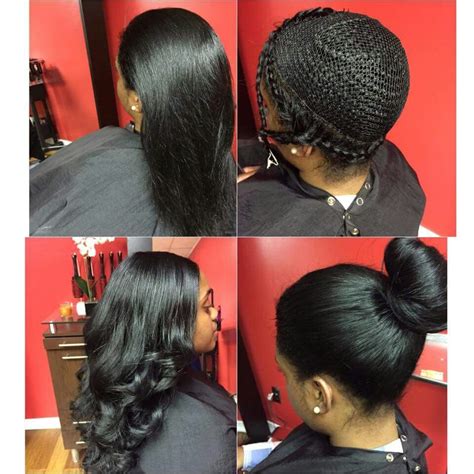Braided human hair has been a timeless expression of culture, creativity, and identity for centuries. From intricate African cornrows to elegant French braids, this versatile art form continues to captivate and inspire people around the globe.

The History and Cultural Significance of Braids
Braiding human hair has a rich history dating back to ancient civilizations. Archaeological evidence suggests that braiding was practiced in Egypt as early as 3500 BCE. In Africa, braiding held significant social and cultural meanings, with different styles signifying status, age, and tribal affiliation.
Braiding also played a vital role in other cultures throughout history. Among the Celts, intricate braids were believed to possess magical and spiritual powers. In China, elaborate hairstyles using braids were reserved for the elite.
Types of Braids
The world of braiding is vast and diverse, with countless variations of braids to choose from. Some of the most common types include:
- Cornrows (French braids): Tightly woven braids that run parallel to the scalp.
- Dutch braids: Similar to French braids, but the hair is woven over the strands instead of under.
- Box braids: Square-shaped braids created by sectioning the hair into even parts and braiding them together.
- Micro braids: Extremely fine braids that can be braided into intricate patterns.
- Fishtail braids: A braid that resembles a fish’s tail, with strands woven together in a crisscross pattern.
Braided Human Hair Extensions
Braided human hair extensions offer a convenient and versatile way to add length, volume, and texture to hair. These extensions are made from natural human hair, which is processed and braided into various styles.
Braided human hair extensions are available in a wide range of colors, textures, and lengths. They can be attached to the hair using a variety of methods, including sewing, gluing, and braiding.
Benefits of Braided Human Hair Extensions
- Versatility: Braided human hair extensions can be used to create a wide range of hairstyles, from simple braids to elaborate updos.
- Length and fullness: Extensions can add significant length and volume to hair, which can be ideal for those with short or thin hair.
- Protective styling: Braids can help protect hair from damage caused by heat styling, chemicals, and environmental factors.
- Low maintenance: Braided human hair extensions generally require minimal maintenance compared to other types of extensions.
Applications of Braided Human Hair
Braided human hair has a wide range of applications beyond traditional hairstyling. Some innovative uses include:
- Hair prosthetics: Braided human hair can be used to create hair prosthetics for people who have lost their hair due to medical conditions or accidents.
- Fashion accessories: Braided human hair can be incorporated into jewelry, hats, and other fashion accessories.
- Textile art: Braided human hair can be used as a unique and expressive medium for textile art, creating tapestries, sculptures, and other works of art.
Table: Types of Braided Human Hair Extensions
| Type | Features | Benefits |
|---|---|---|
| Clip-in | Attach with clips | Easy removal |
| Tape-in | Attached with adhesive tape | Invisible attachment |
| Sew-in | Sewn into the hair | Long-lasting |
| Glue-in | Attached with glue | Quick and convenient |
Table: Pros and Cons of Braided Human Hair Extensions
| Pros | Cons |
|---|---|
| Natural appearance | Can be expensive |
| Versatile styling options | May require professional installation |
| Low maintenance | May be prone to tangling |
| Can add length and volume | Can be heavy to wear |
Strategies for Maintaining Braided Human Hair Extensions
- Brush gently: Use a wide-tooth comb or detangling brush to remove tangles.
- Wash sparingly: Wash extensions every 2-3 weeks with a gentle shampoo.
- Condition regularly: Use a moisturizing conditioner to keep extensions hydrated.
- Avoid heat styling: Limit the use of hot tools, as they can damage extensions.
- Get regular trims: Trim extensions every 6-8 weeks to remove split ends.
Tips and Tricks for Braiding Human Hair
- Use damp hair: Slightly damp hair is easier to braid and less likely to break.
- Section the hair:** Divide the hair into smaller sections to make braiding easier.
- Hold the strands taut:** Keep the strands of hair taut while braiding to prevent them from slipping.
- Overlap the strands:** Overlap the strands slightly at the end of each braid for a secure finish.
- Seal the ends:** Dip the ends of the braids into hot water to seal them and prevent unraveling.
